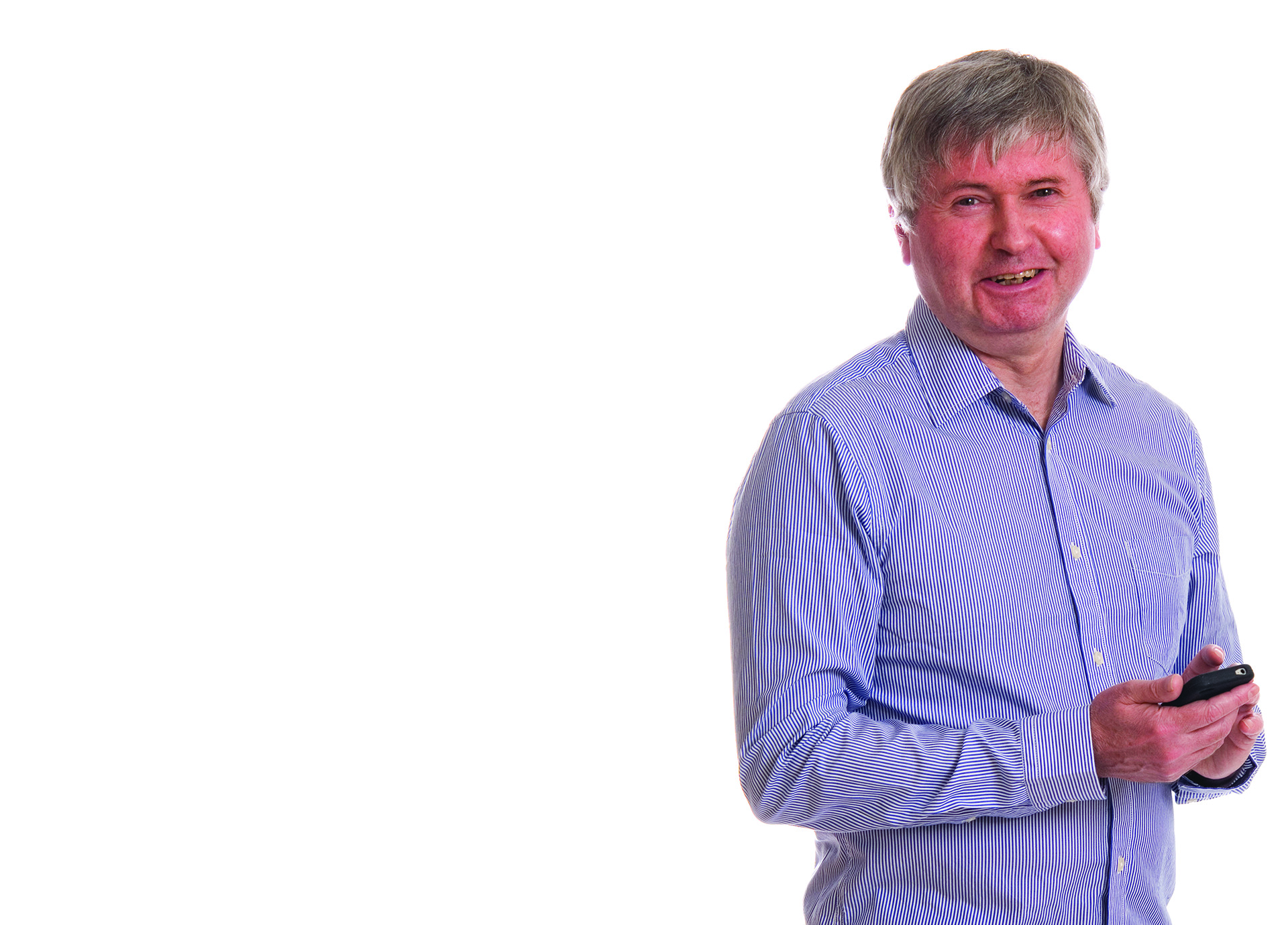Some years ago I remember an elaborate trap being set for an innocent visitor to the Lake District. The media had been alerted and a battery of camera flashes and TV lights dazzled a hapless sightseer who had wandered into the National Park information centre in Wordsworth’s village of Grasmere.
“Congratulations,” said a local worthy, stepping forward (pre-Covid) to grasp the hand of the puzzled victim, a woman on holiday from Kent. “You are the one millionth person to walk in here.”
The milestone was a cause for celebration by the National Park. Nothing measured the success of its activities or justified its expenditure, it seems, more than the tally of feet numbers hitting treadmat counters at the entrances to information centres.
Oh how times have changed. Milestones of popularity have become millstones of serious concern. Today the big story in the Lake District and other national parks like the Peak District and Yorkshire Dales is how to restrict visitor numbers and introduce car-free zones in busy honeypots like Grasmere.
Last week the chief executive of the Lakes National Park, Richard Leafe, was quoted as saying: “It feels like we are at peak car… It cannot go on getting worse otherwise it really will become too much to handle in our national parks. We need to see a shift to more sustainable travel.”
I have got to hold up my hands and say I am part of the problem. Or at least I was until the era of Covid staycationing left me unable to find any B&B accommodation in my favourite haunts of the Langdales, Wasdale and Eskdale. Even making a day trip by setting off at stupid o’clock to get a seven or eight hour walk in the fells turned out to be a non-starter. By the time I arrived in mid morning, car parks were full and all informal roadside spaces taken up.
If people ever return to taking cheap flights abroad in huge numbers then domestic tourism might go back to pre-2020 levels, but I wouldn’t bet on it. And actually, even before the word “staycation” entered the language some kind of traffic management in our most scenic landscapes looked long overdue.
Back in the 1970s, in high summer the cars and caravans streaming into the Lakes were traffic jams into paradise, while footpaths on the fells were being eroded by walkers – beyond repair in some places. I remember interviewing the great Lakes guidebook writer Alfred Wainwright around then and nervously asking him if the area’s popularity problems might be due to his books. At first he was horrified by the accusation, then admitted that he feared there might be a link. He cheered up when I suggested that the building of the M6 was a more significant factor.
That’s truer than ever today. But from next year it may no longer be possible to continue the journey off the motorway into the heart of the Lake District. The future will probably be one of vast park-and-ride schemes, shuttle buses and even congestion charges to deter motorists from going further.
The same may happen to restrict traffic at places like Malham and Wharfedale in the Yorkshire Dales, otherwise we will only ever see the landscape as it used to be in TV remakes of James Herriot’s All Creatures Great and Small.



Leave a reply
Your email address will not be published.